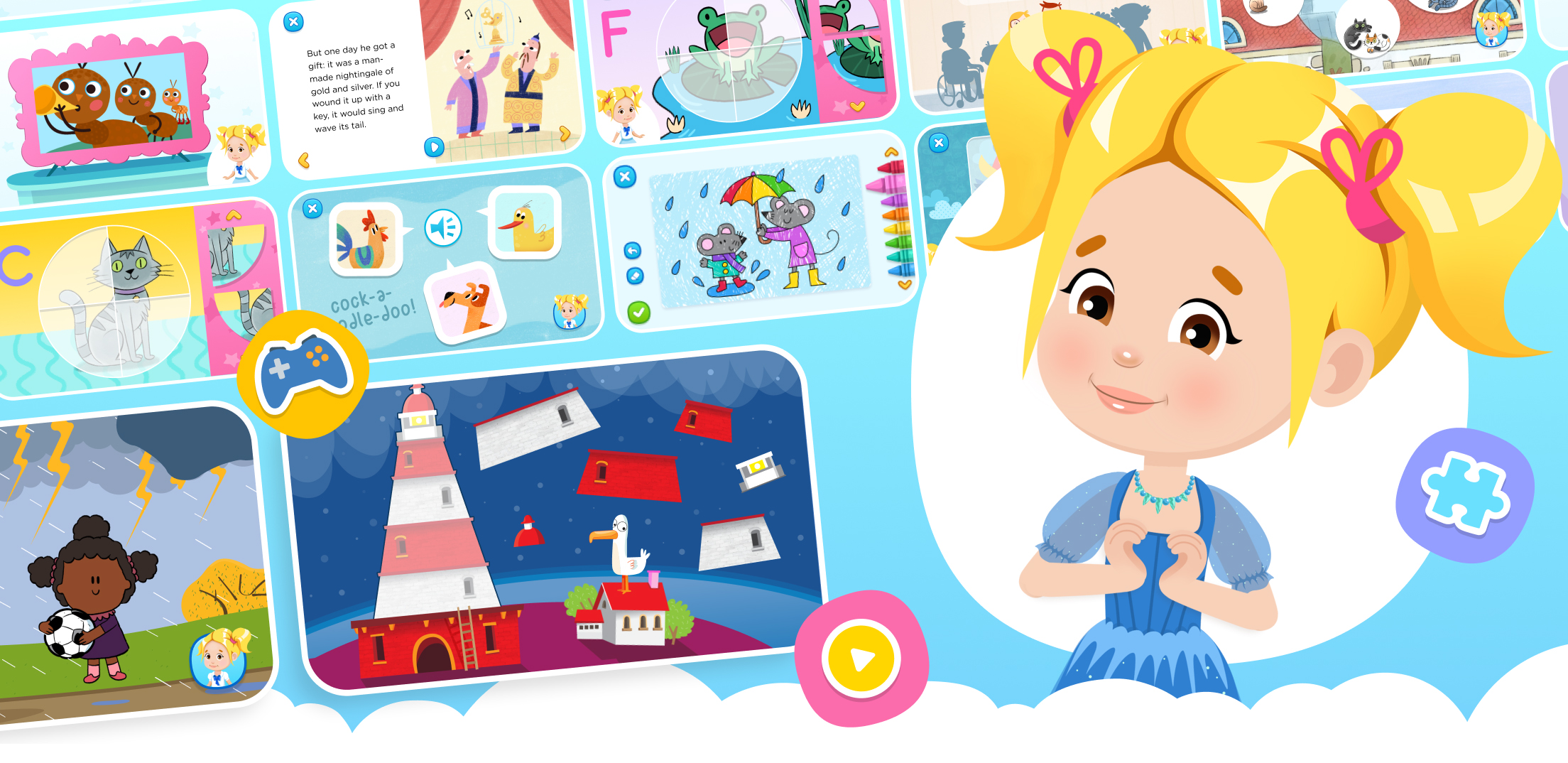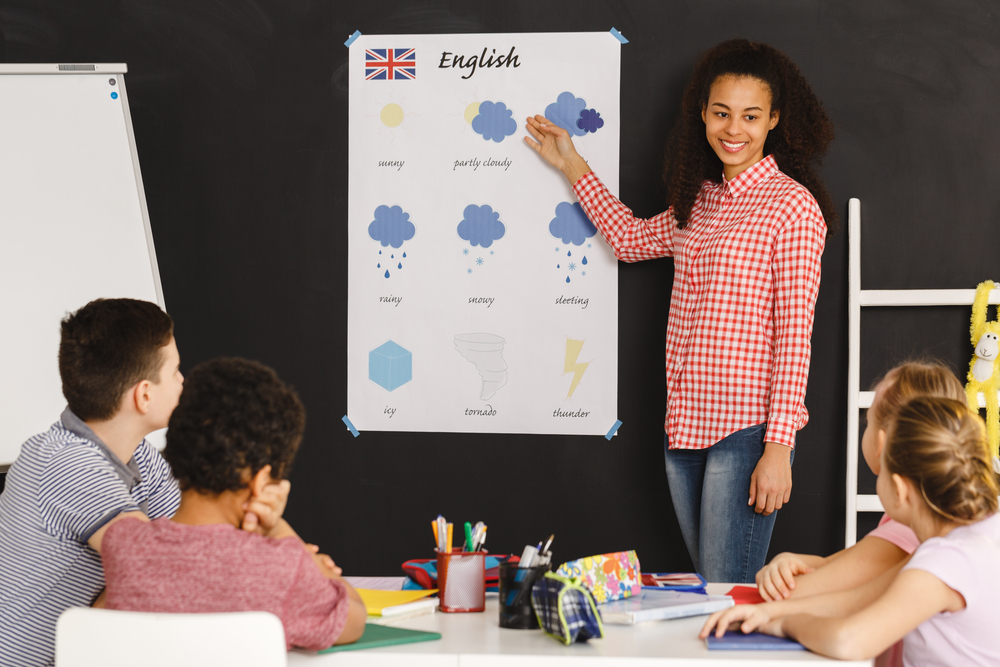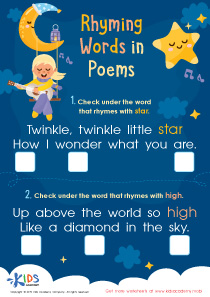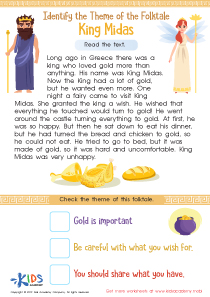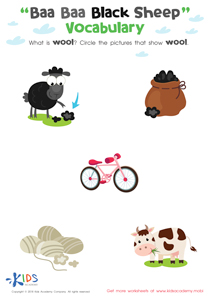Shape Recognition Normal Reading Worksheets for Ages 3-9
3 filtered results
-
From - To
Discover engaging "Shape Recognition Normal Reading Worksheets for Ages 3-9" that blend fun and learning to enhance early reading skills! This wonderful collection from Kids Academy builds essential literacy foundations by integrating shape recognition with reading activities. Children aged 3-9 will be captivated through colorful and interactive exercises designed to improve their understanding of geometric shapes while developing critical reading skills. Perfect for parents and teachers, these worksheets offer an enjoyable and effective way to support young learners on their educational journey, ensuring they're well-prepared for future academic success. Explore our unique worksheets and make learning an adventure!


First Words: What Doesn't Belong Worksheet
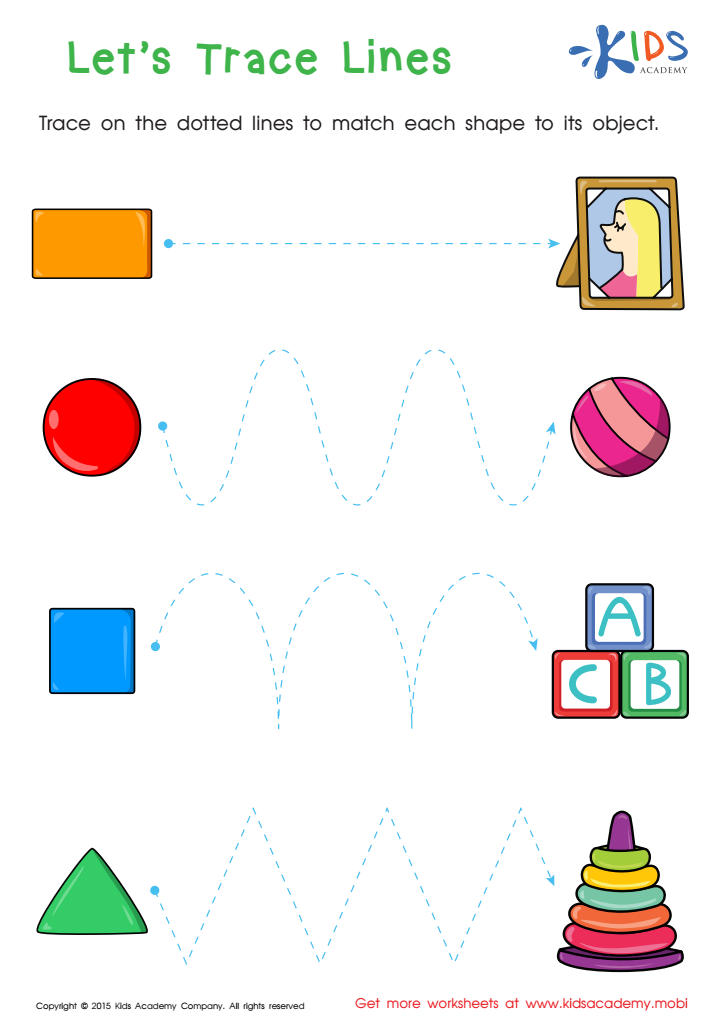

First Words: Let's Trace Lines Worksheet
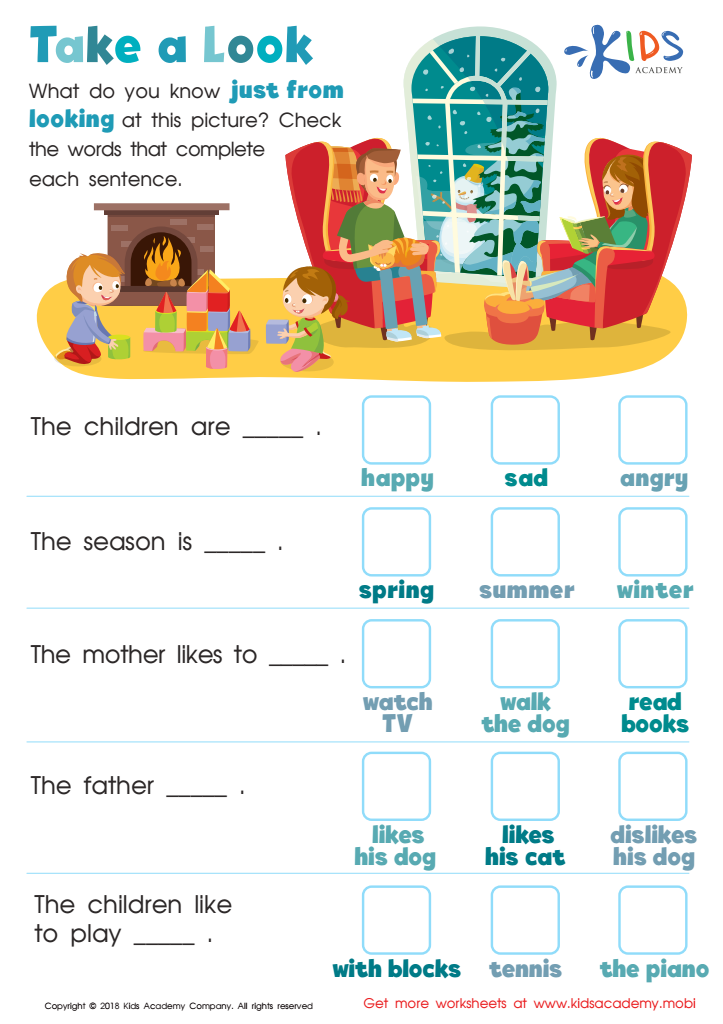

Take a Look - Part 1 Worksheet
Shape recognition and normal reading are foundational skills for children ages 3-9 that set the stage for their future learning success. Developing shape recognition helps children understand and interact with the world around them; it is essential for their cognitive development. Recognizing shapes helps in everyday tasks such as identifying objects, learning patterns, spatial awareness, and mathematical concepts like geometry. When children can differentiate between shapes, they also pave the way for better handwriting by improving their fine motor skills and visual processing capabilities.
Normal reading development is equally crucial as it introduces children to language, communication, and comprehension skills. Early reading fosters a love for books and knowledge, allowing children to explore new ideas and cultures. Reading aids in vocabulary expansion, development of sentence structure understanding, and improves concentration and memory. It bridges the gap between spoken and written language, allowing children to express themselves more effectively and improve their social interactions.
Parents and teachers who prioritize shape recognition and reading cultivate a well-rounded educational foundation. These skills are interlinked in promoting critical thinking, problem-solving, and interpretive skills, equipping children with essential tools for academic success and everyday life navigations. Fostering these abilities during early education ensures children build the confidence and competence needed for their future learning journeys.
 Assign to My Students
Assign to My Students


